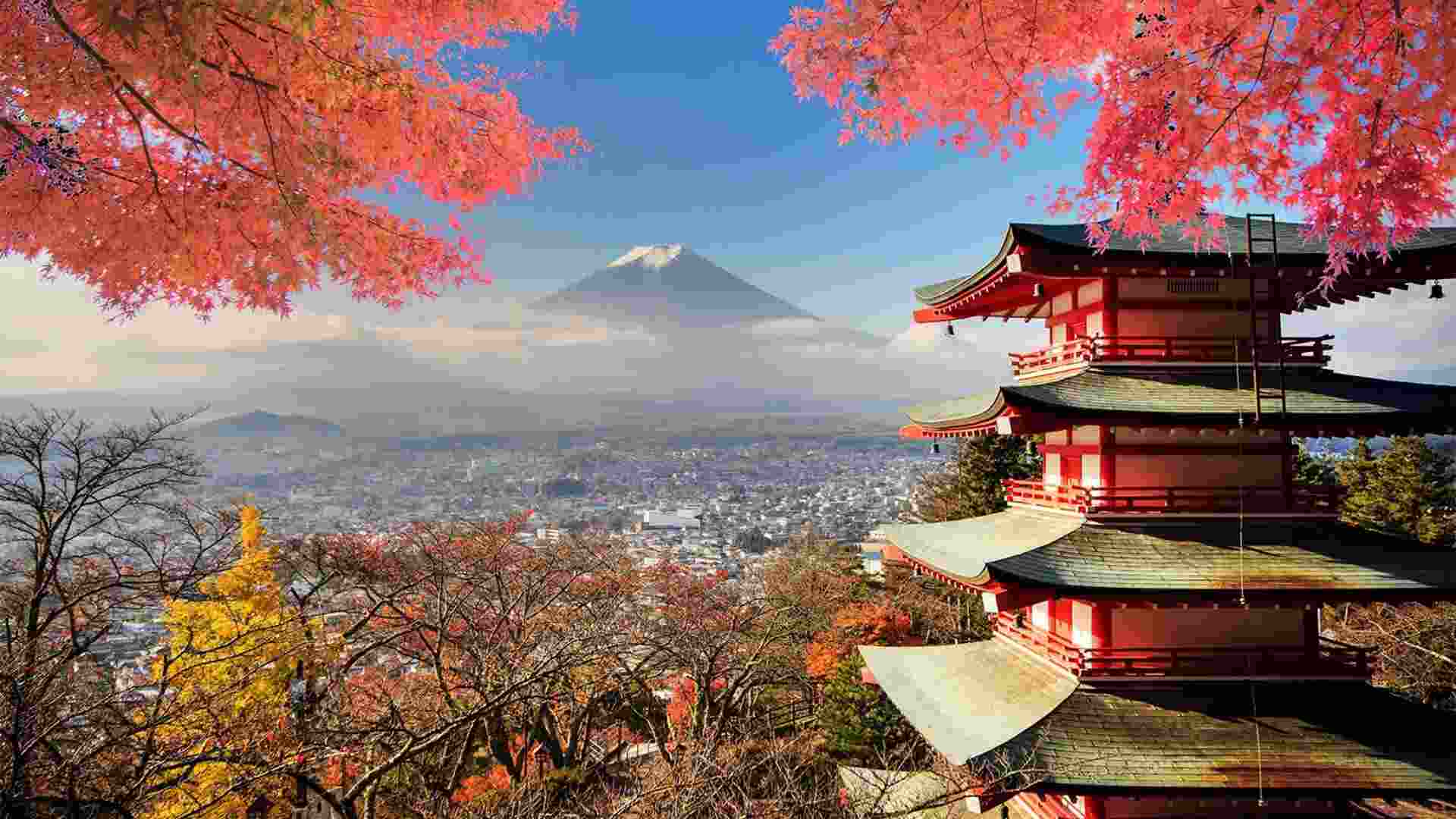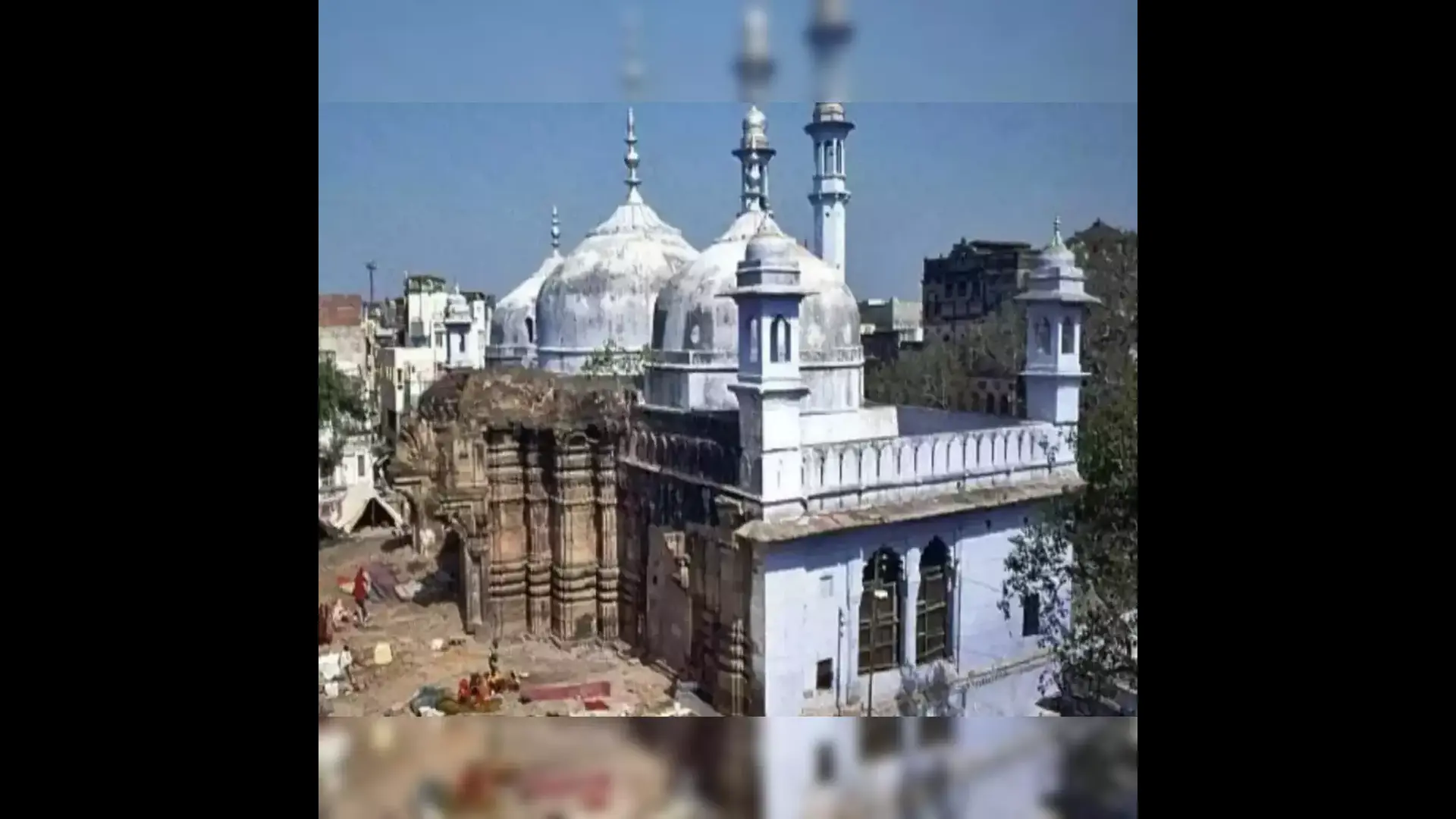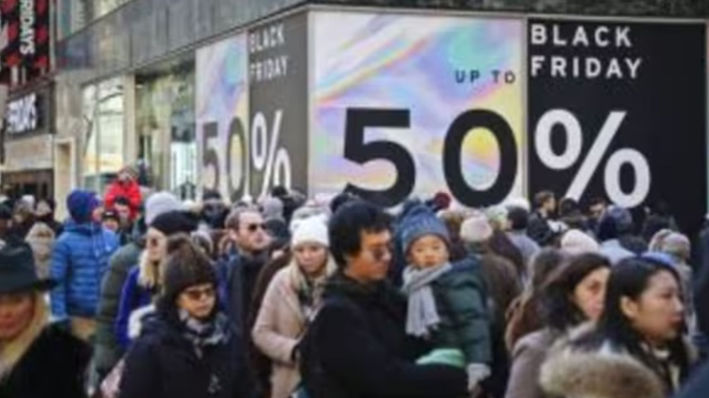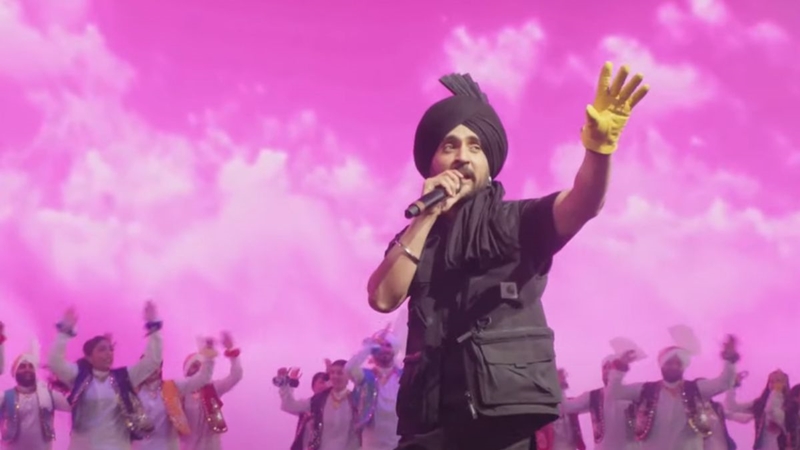
Mount Fuji is an iconic stratovolcano located on Honshu Island in Japan. It is the country’s highest peak, standing at 3,776 meters (12,389 feet) tall. The mountain is a UNESCO World Heritage site. Covered in snow most of the year, it attracts millions of visitors annually, with many climbers attempting to reach its summit during the climbing season, which generally runs from July to September.
Residents of Fujikawaguchiko, near Japan’s renowned Mount Fuji, are growing increasingly frustrated with the behavior of many foreign visitors who flock to the area for social media-worthy photos. These visitors are often seen littering, trespassing, and disregarding traffic regulations in their quest for the perfect shot of the snow-capped mountain, which stands prominently behind a convenience store. Illegal parking and ignoring smoking bans are common as crowds gather on sidewalks, causing inconvenience to locals.
Workers started installing the 2.5 meters wide and 20 meters long black net which was completed by late morning, reported by an AFP journalist present at the location. “I hope that the net will prevent dangerous activities,” resident Michie Motomochi, 41, who runs a traditional Japanese sweet shop, told AFP.
In Kyoto, the historical capital of Japan, residents have expressed concerns about tourists bothering the city’s renowned geisha. People living near popular photography spots like the Fuji Dream Bridge have also reported issues with excessive tourism in recent times. Local authorities have highlighted safety and environmental worries associated with the large crowds visiting the active volcano, which is not only a symbol of Japan but also a historically tranquil pilgrimage destination.
Record numbers of overseas tourists are coming to Japan, where monthly visitors exceeded three million for the first time in March and then again in April.















